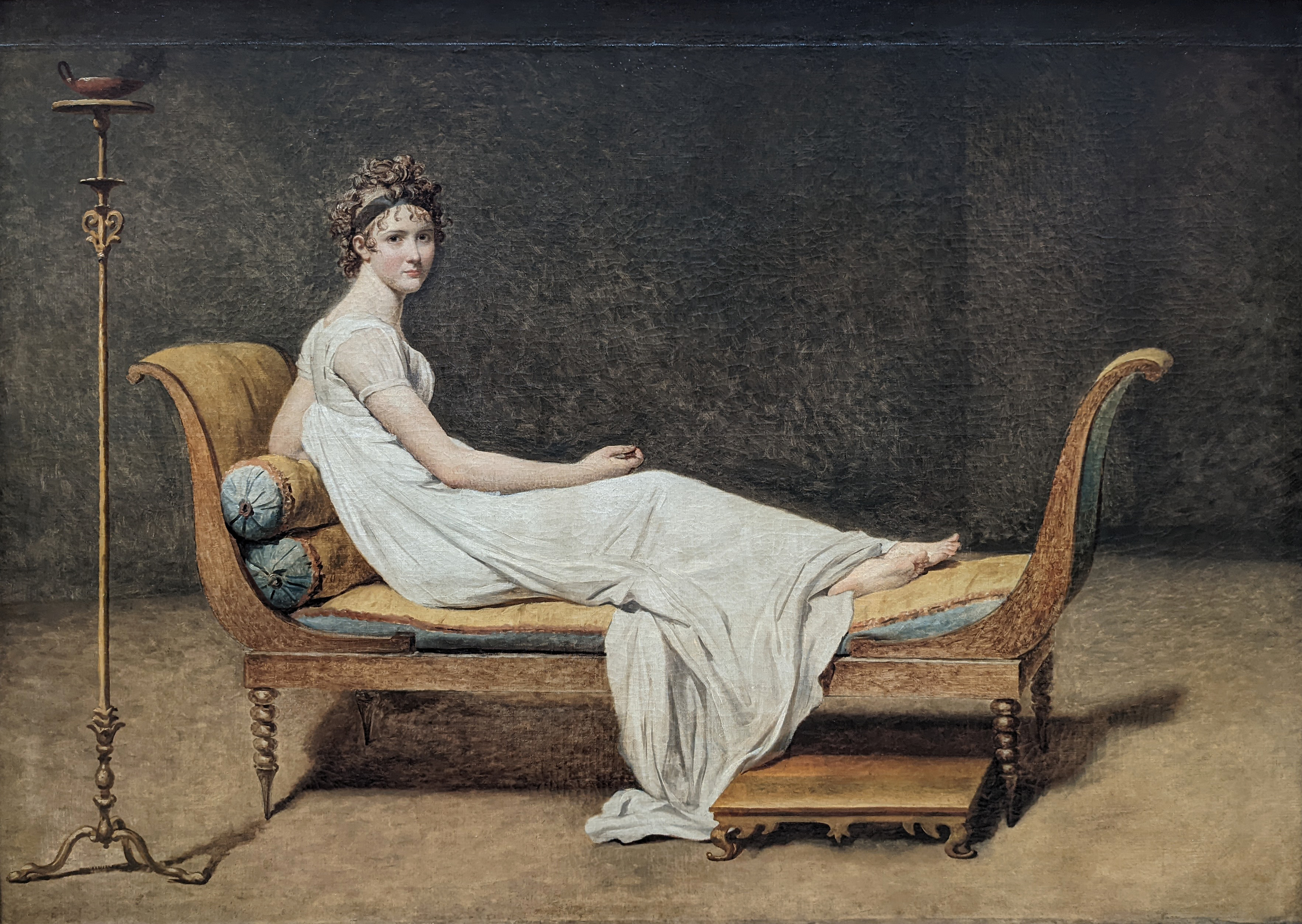***
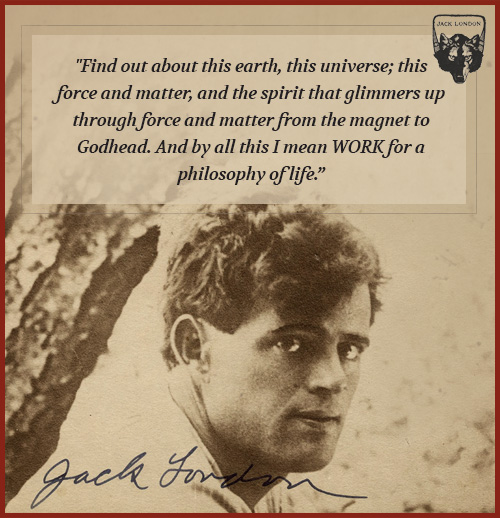
Happy Birthday to Jack London! On this day 147 years ago, the author of Call of the Wild was born in the slums of San Francisco. Let’s look at five interesting facts about this author, in honor of his special day.
1. London had extremely interesting parents. We all know that the most interesting people come from the most fantastical backgrounds (yes, we made this statistic up to feel better about our own crazy families), and London is no exception! His mother, Flora Wellman, was a spiritualist who claimed to have the ability to channel indigenous Sauk chief Black Hawk. His father is believed to be astrologer William Chaney, whom she lived with after moving with him from Seattle to the bustling Pacific city of San Francisco. In 1876, while living with Cheney, she gave birth to her son, John Griffith Chaney, who would later on go by the name of Jack London.
2. You thought the interesting-parent background ended there, didn’t you? Not a chance! Not only did Flora give birth to Jack against William Chaney’s wishes (he wished her to have an abortion), but out of stress and anger Flora shot herself while pregnant. She obviously did not die, but she was wounded enough that Jack was given to Virginia Prentiss (a friend, as well as a formerly enslaved African American woman) as a baby, and she would be his formative motherly influence throughout his life. When he was studying at the University of California, Berkeley as a young adult, he found the name of his father from old newspaper articles reporting his mother’s suicide attempt, and contacted Chaney who was, by then, living in Chicago. Chaney’s return letter left London (who had taken his stepfather’s name after his mother’s marriage) heartbroken, as the astrologer took no responsibility and asserted that Flora had too many sexual partners at the time for him to be the father. London’s distress at this letter led him to quit school at the University… and then to move north to the Yukon for the Alaskan Klondike gold rush. One might argue that despite the personal stress, Chaney’s awful behavior did London a great favor in the long run!
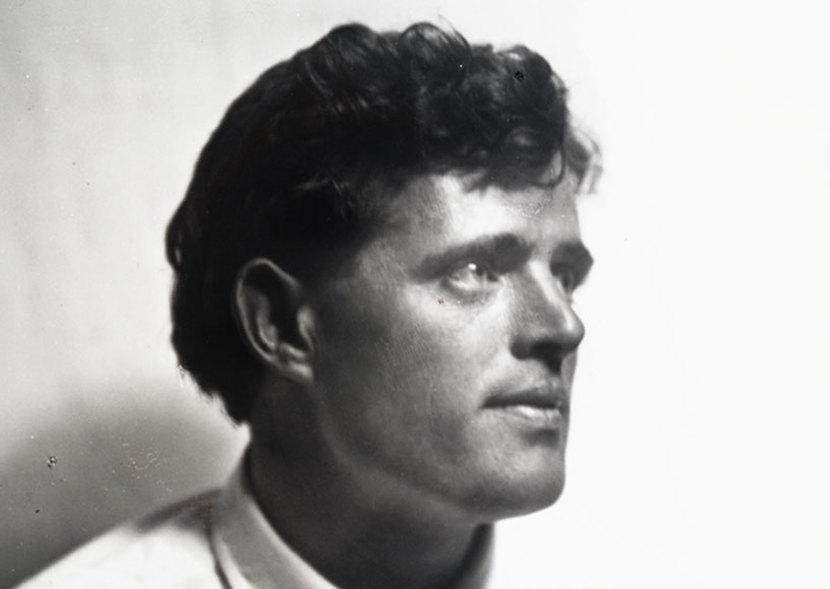
3. Despite being extremely influential on his writing, working the Klondike gold rush was very detrimental to London’s health and well-being. After moving up to Alaska, the harsh conditions for the gold rush miners caused London to develop scurvy, a typical illness of miners who were experiencing malnutrition. London lost several of his front teeth, developed marks and scars on his face that he would carry with him for life, and endured pain in his joints… not an easy illness. Though he recovered, his constitution would always be a bit weaker than it had been before, and he would go on to develop an alcohol dependency that began around this time. His experiences in the harsh Alaskan wilderness, however, were quite obviously extraordinarily influential on the aspiring young author, and would serve as inspiration in his upcoming works.
4. Hoping to escape hard physical labor for the rest of his life, London decided that he could try to “sell his brains” by writing and being published. Upon his return to California from the Klondike in 1898, London put monumental effort into becoming an author. He began writing 1,000 words a day (no small feat for someone who hadn’t written since high school). He was first published with his story “To the Man On Trail” and was thereafter a frequent published author in journals and magazines. By 1900, London made $2,500 a year. In 1903 Jack London had his story The Call of the Wild published in The Saturday Evening Post. He sold it for $750. The story was an almost immediate success.
5. Local provenance. Did you know that Jack London lived just ten minutes from us, here in Alameda, California? At one point he rented a home (or a villa, as it was once called) on Lake Merritt… a beautiful area of Oakland just through the tunnel out of Alameda. It is while he lived here that he met poet George Sterling and later moved to a home in Piedmont simply to be closer to his best friend. Nevertheless, we are always happy to feel “at home” with authors we admire!
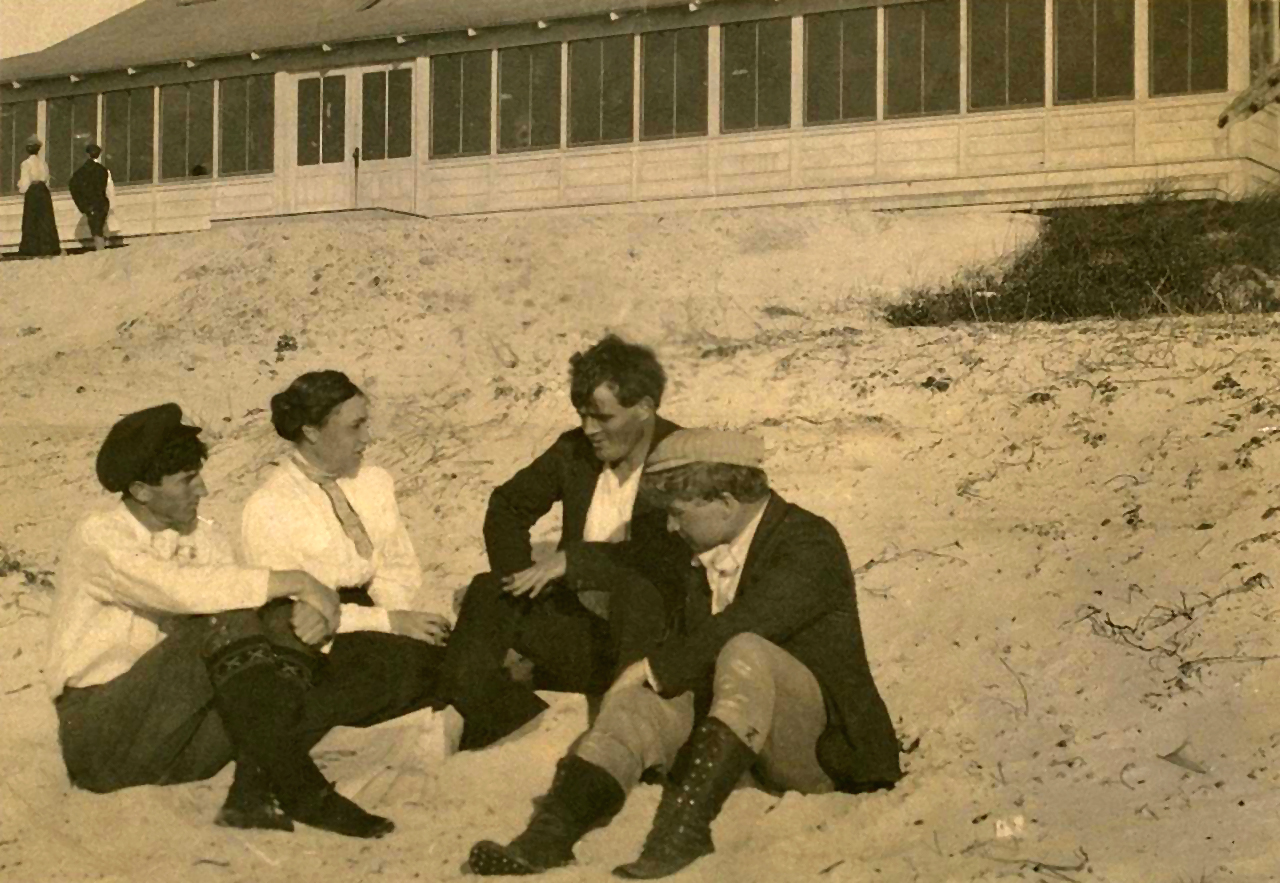
George Sterling, Mary Austin, Jack London and Jimmie Hooper on a beach in Carmel, California.
Happy, happy birthday to an author that has inspired so very many… Happy Birthday, Jack London!



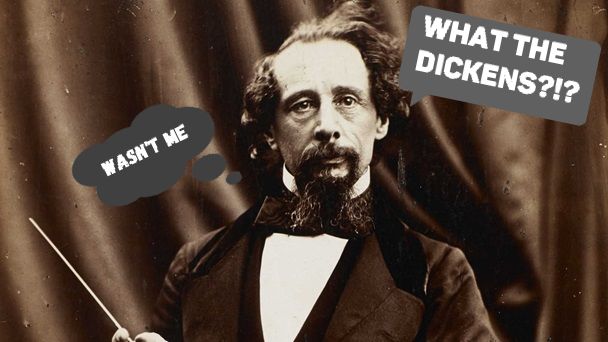

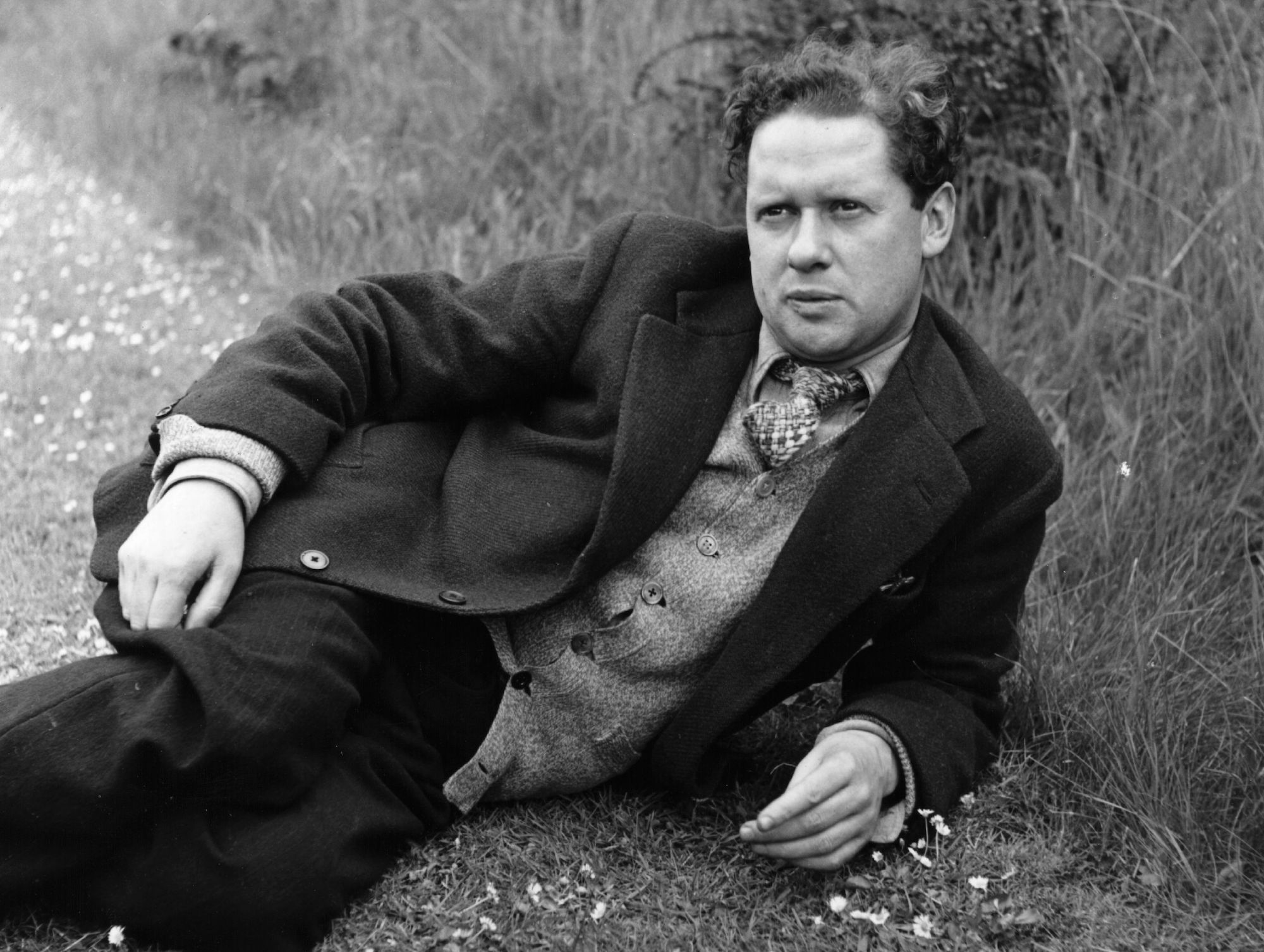
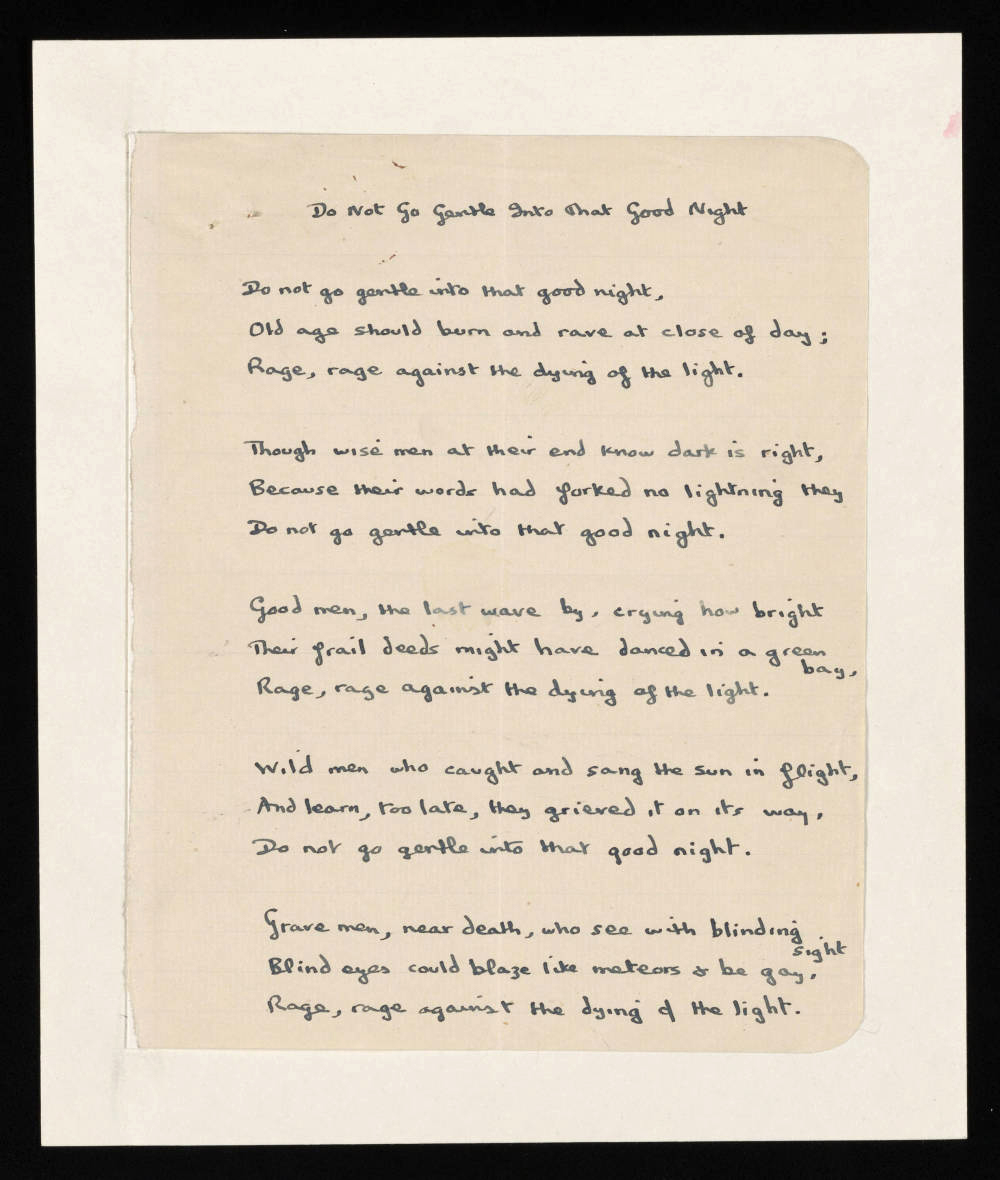
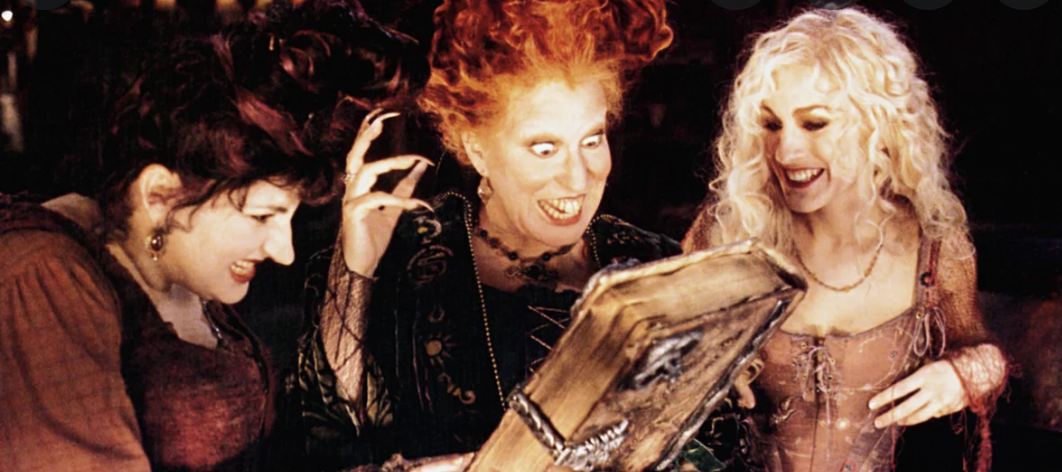
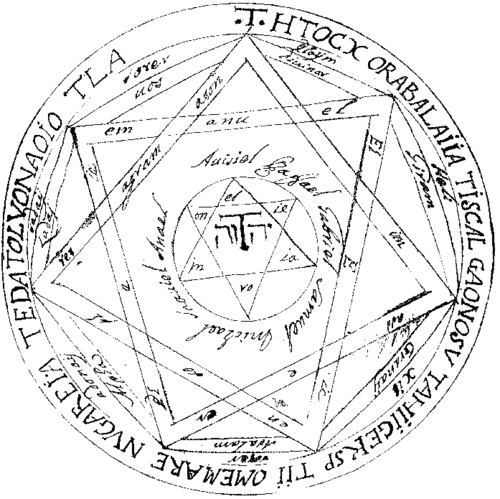
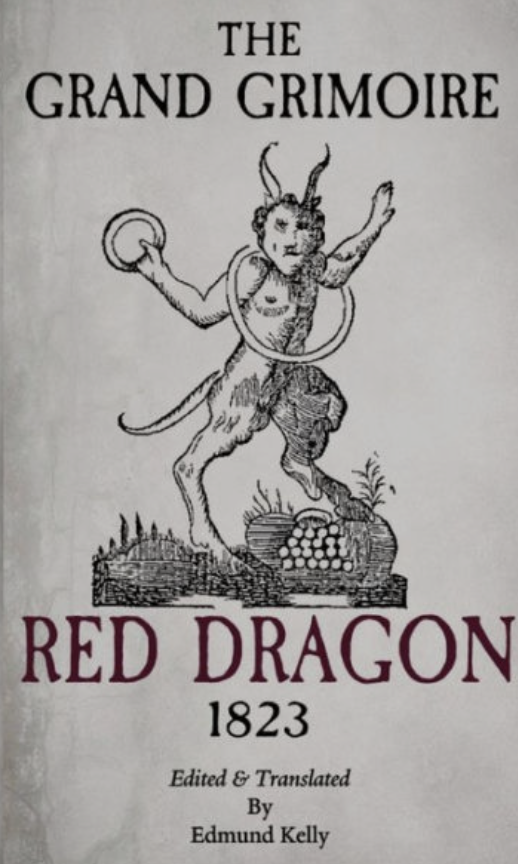 Several grimoires make their way onto the scene in the 1500s, with a steady stream of them from thereon after. Some of these include Les Secrets merveilleux de la magic naturelle du petit Albert (1272), the Grand Grimoire (1521), Le Dragon Rouge (published in 1822 but supposedly dating back to 1522), and the Grimoire of Armadel (written in the 1600s, not published until 1980). As time passes and the ability to write becomes more commonplace, availability of paper and writing utensils increase, more and more grimoires emerge. Notable antiquarian collections of grimoires can be found at the Cornell University Library, the Ritman Library in the Netherlands, and the Museum of Witchcraft and Magic in the UK.
Several grimoires make their way onto the scene in the 1500s, with a steady stream of them from thereon after. Some of these include Les Secrets merveilleux de la magic naturelle du petit Albert (1272), the Grand Grimoire (1521), Le Dragon Rouge (published in 1822 but supposedly dating back to 1522), and the Grimoire of Armadel (written in the 1600s, not published until 1980). As time passes and the ability to write becomes more commonplace, availability of paper and writing utensils increase, more and more grimoires emerge. Notable antiquarian collections of grimoires can be found at the Cornell University Library, the Ritman Library in the Netherlands, and the Museum of Witchcraft and Magic in the UK.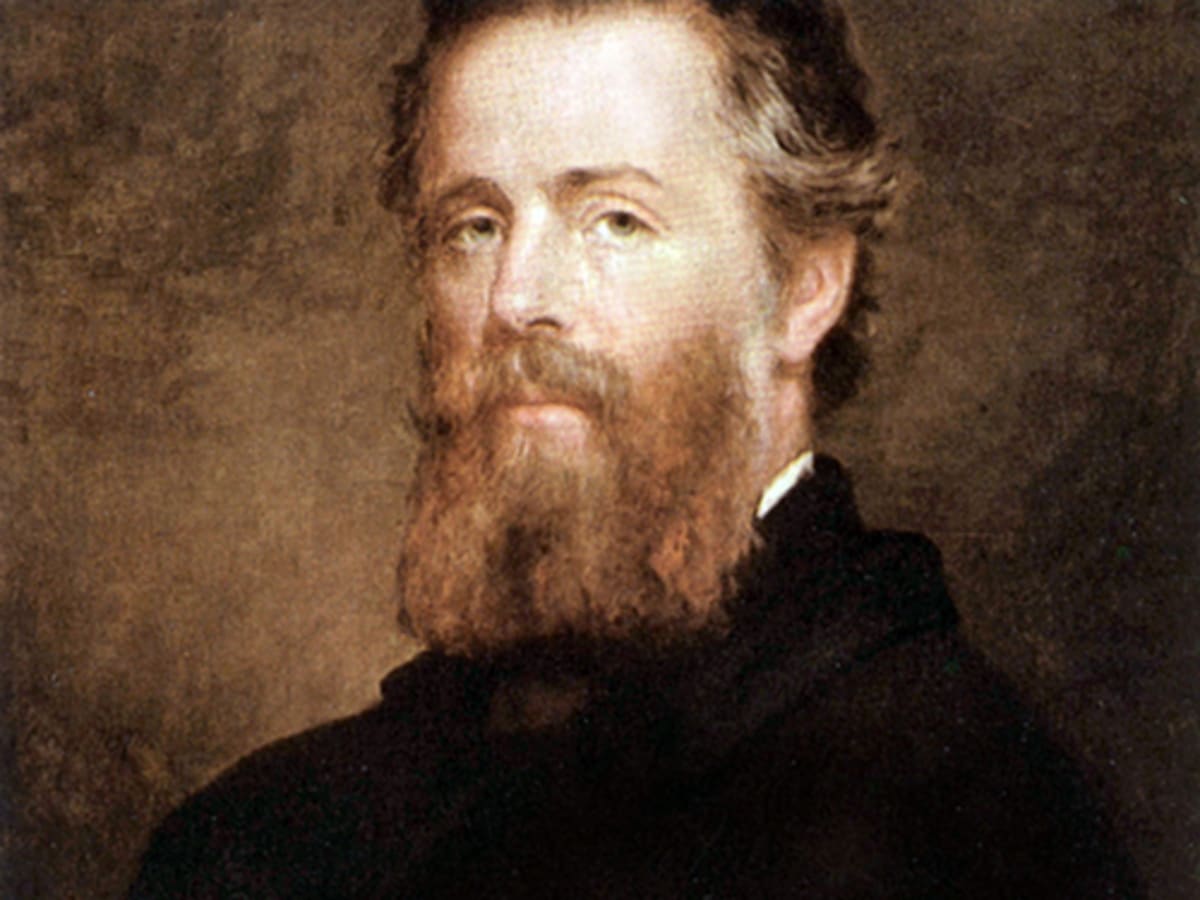
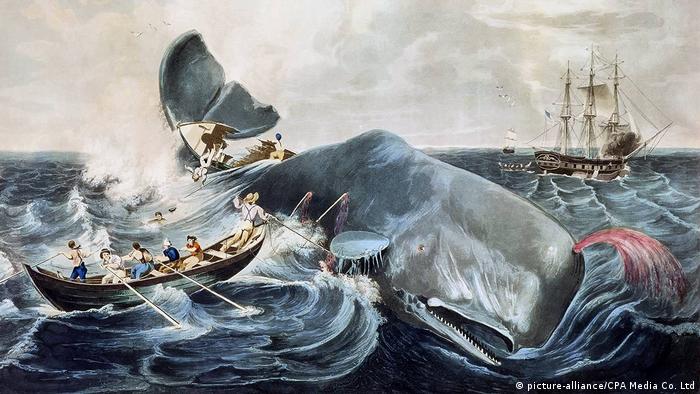
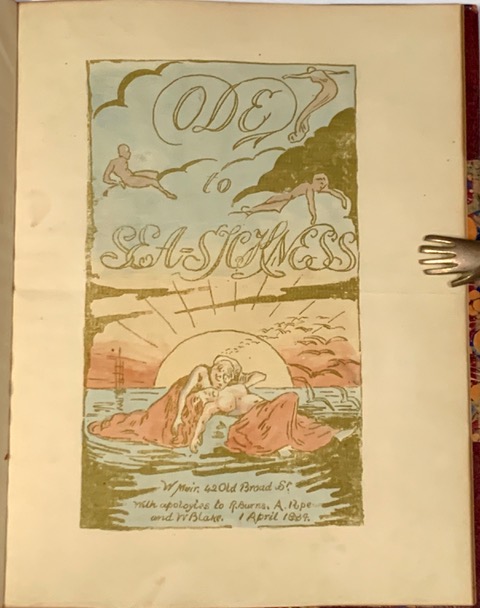

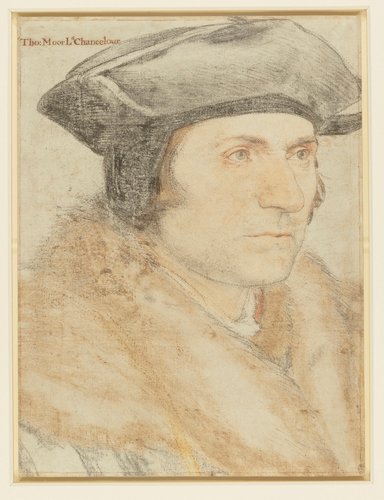

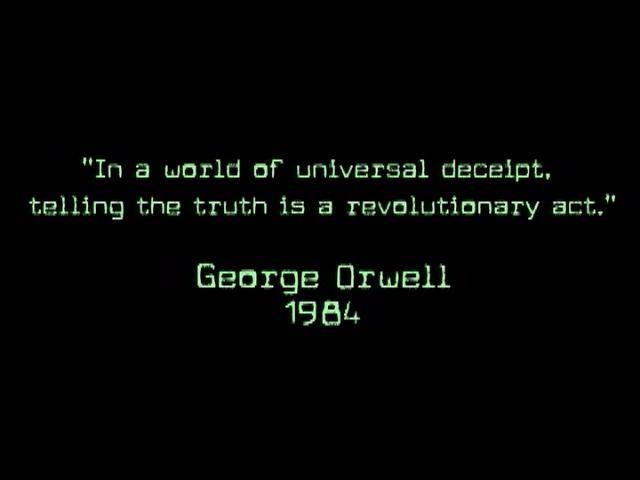
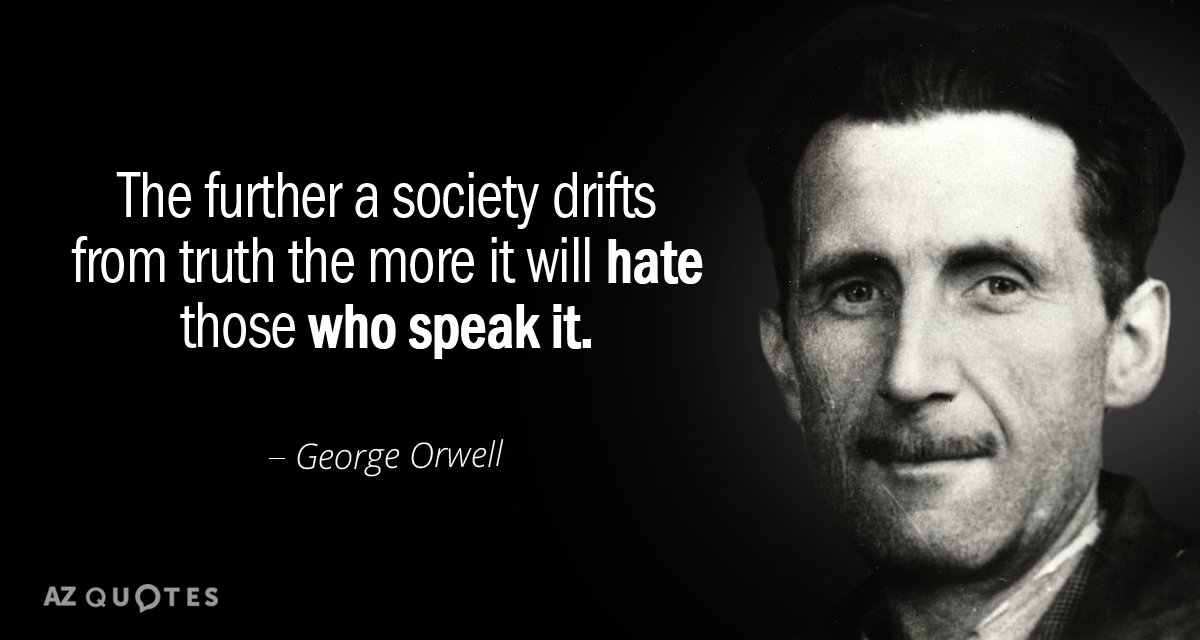
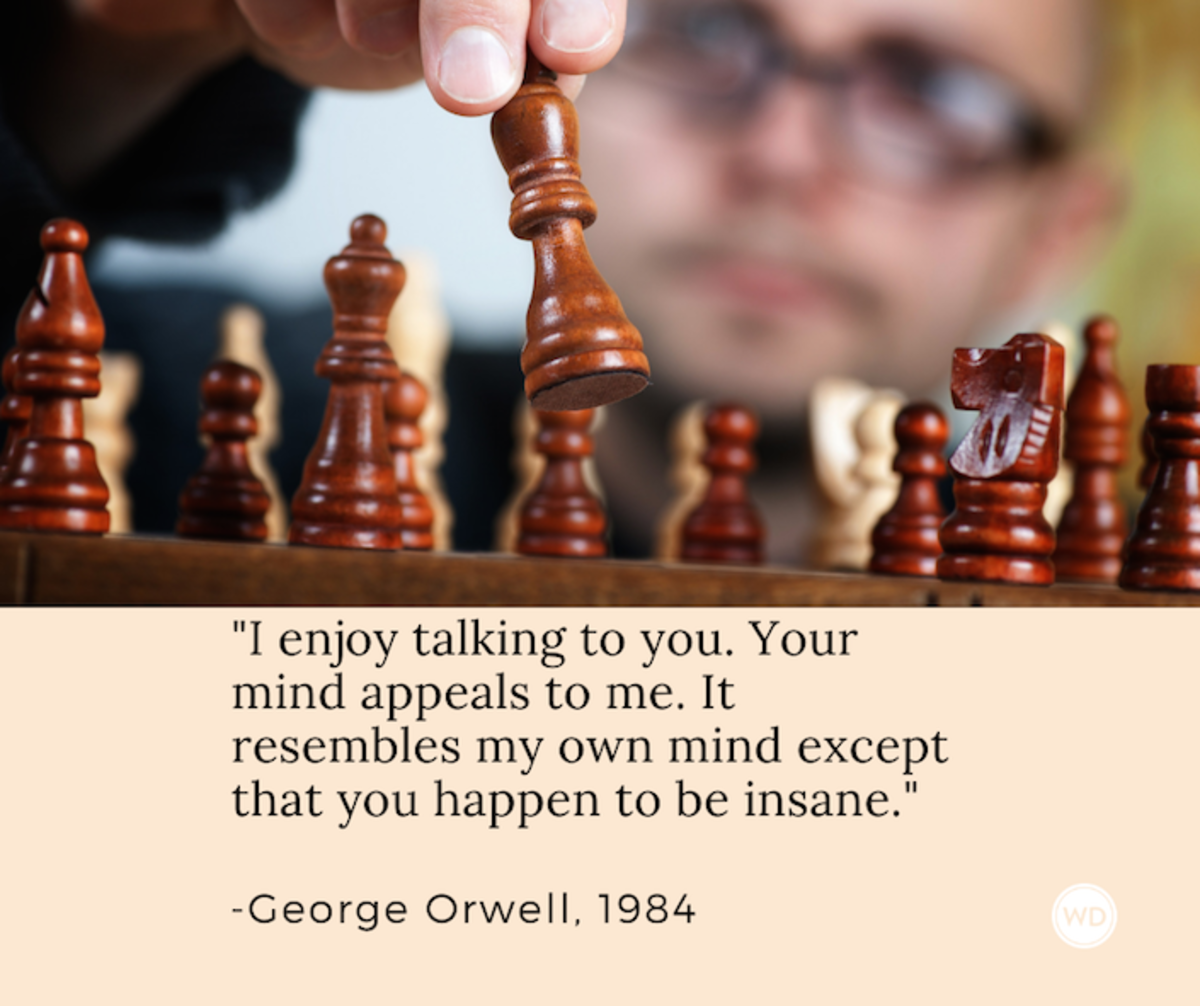

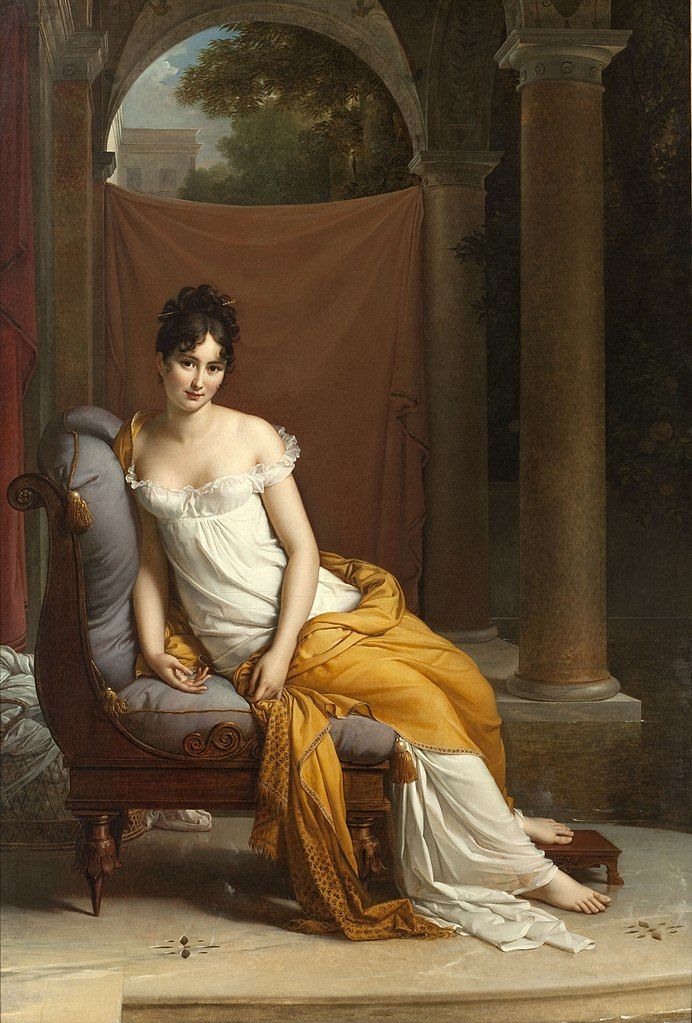 As time went on and interest in her intelligence, loveliness, refinement and gentility grew, Juliette became friendly with all manner of people. Some of the most notorious members of her salon were François-René de Chateaubriand (a French politician, diplomat, activist, historian and writer who ended up as one of Juliette’s life-long friends), Benjamin Constant (Swiss-French political activist and writer), Prince Augustus of Prussia (whose proposal she would ultimately reject), and the political Madame Germaine de Staël. Juliette enjoyed almost unprecedented independence in her ability to entertain and act as she saw fit – she also received many proposals, and was “courted” by many men, but never, as far as history is concerned, betrayed her husband. People were attracted to Juliette not solely because of her good looks, but because of her academic and literary prowess, her interest in social and political endeavors, and her apparent ability to charm a room with a single glance, smile or comment. Juliette Récamier was the epitome of an esteemed lady – a patron, a scholar, a magnetic and irresistible personality, and a beautiful and charismatic individual. Political and intellectual persons flocked to her sitting room, and the discourses had there (both with Madame Récamier and with each other) can be credited with several of the ideas and large-scale changes in the turbulence of the French politics of the day.
As time went on and interest in her intelligence, loveliness, refinement and gentility grew, Juliette became friendly with all manner of people. Some of the most notorious members of her salon were François-René de Chateaubriand (a French politician, diplomat, activist, historian and writer who ended up as one of Juliette’s life-long friends), Benjamin Constant (Swiss-French political activist and writer), Prince Augustus of Prussia (whose proposal she would ultimately reject), and the political Madame Germaine de Staël. Juliette enjoyed almost unprecedented independence in her ability to entertain and act as she saw fit – she also received many proposals, and was “courted” by many men, but never, as far as history is concerned, betrayed her husband. People were attracted to Juliette not solely because of her good looks, but because of her academic and literary prowess, her interest in social and political endeavors, and her apparent ability to charm a room with a single glance, smile or comment. Juliette Récamier was the epitome of an esteemed lady – a patron, a scholar, a magnetic and irresistible personality, and a beautiful and charismatic individual. Political and intellectual persons flocked to her sitting room, and the discourses had there (both with Madame Récamier and with each other) can be credited with several of the ideas and large-scale changes in the turbulence of the French politics of the day.